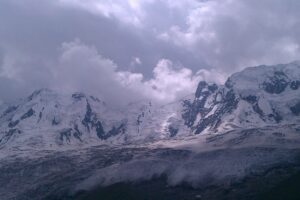Introduction
Sibi is a city and district located in the Balochistan. Sibi holds historical significance as the administrative headquarters of the former Division. It is known as the “hotspot” of Pakistan, experiencing scorching summer temperatures that can exceed 52°C (126°F) in June. It is known for its significance as a junction for major transportation routes, making it an important hub for trade and commerce in the region. Ormara Beach is also a beautiful place to visit in Balochistan.
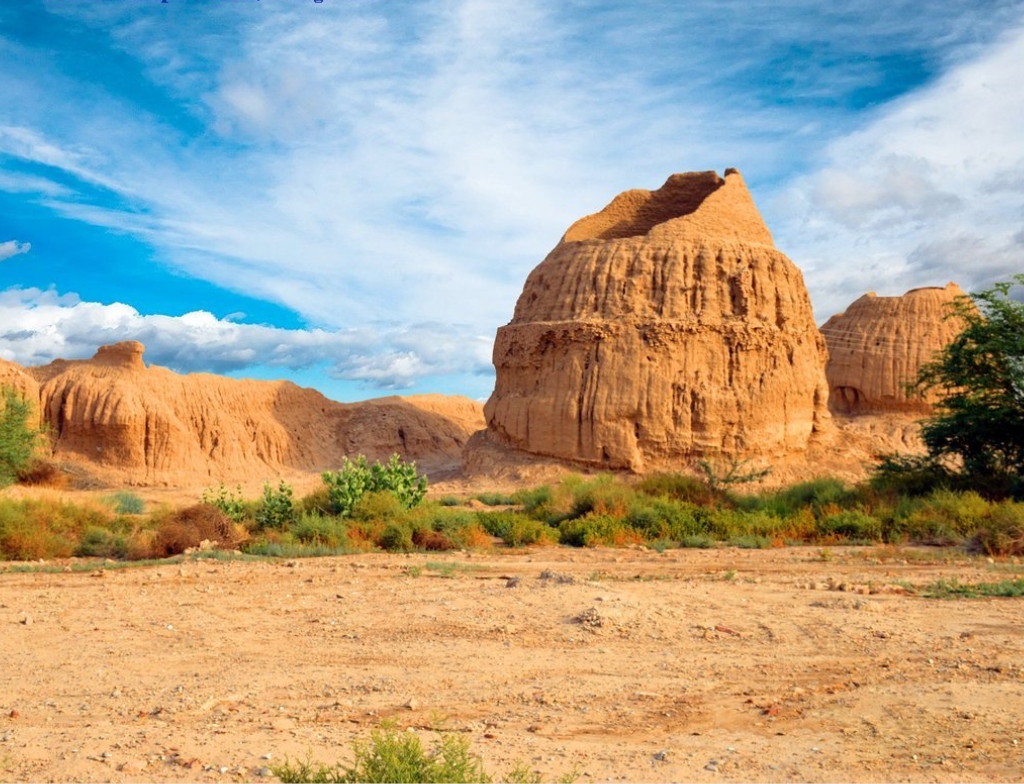
History of Sibi
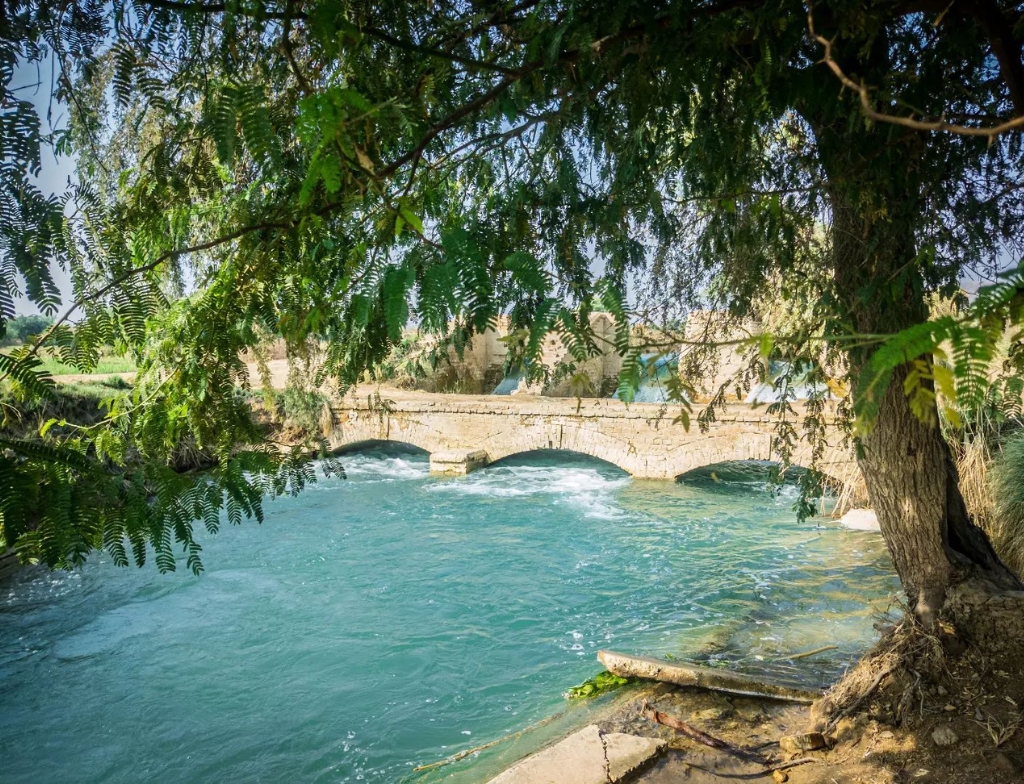
Sibi’s recorded history stretches back centuries, with the Hindu Sewa dynasty emerging as the earliest rulers. Their reign lasted until around the 7th century AD. By the late 15th century, It became a dependency of Multan, falling under the control of the Ghaznavid Empire. The city’s strategic location along trade routes, particularly the Bolan Pass connecting Balochistan and Sindh, made it a crucial commercial center. In the 16th century Arghun dynasty took control from the Samma dynasty. “Gwadar” is another famous place in Balochistan To Visit.
Sibi Division Districts
Sibi Balochistan is one of the Historical Places in Pakistan. The Division in Balochistan comprises several districts, each with its unique characteristics and significance. The districts within the Sibi Division include:
Dera Bugti
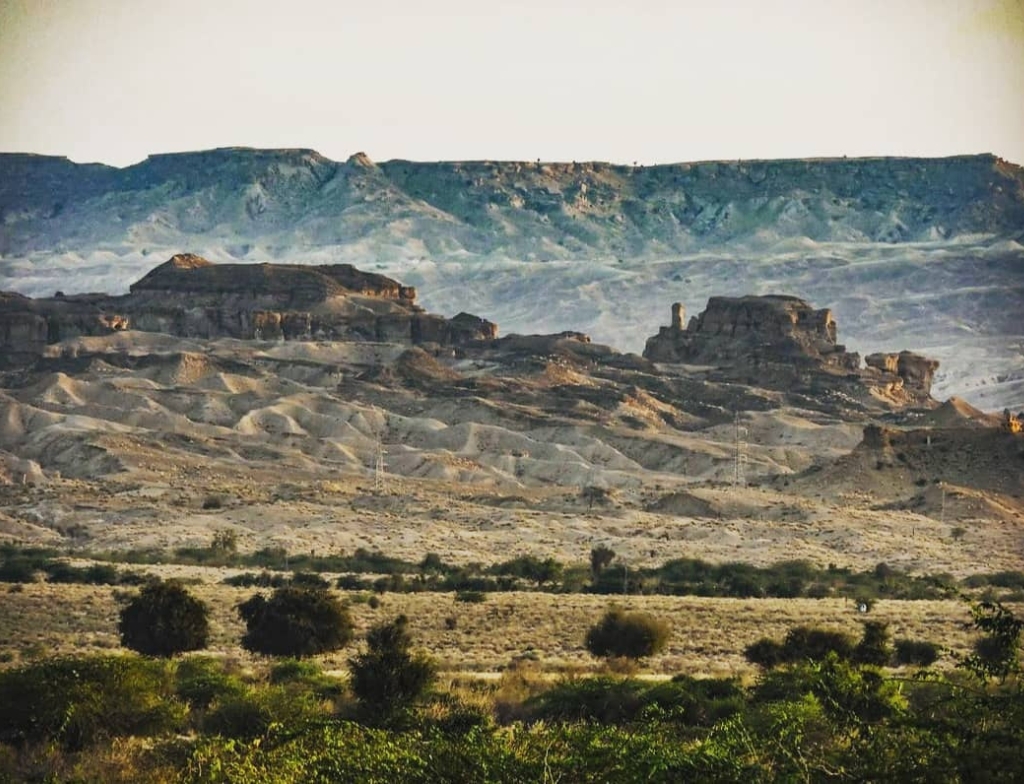
Harnai
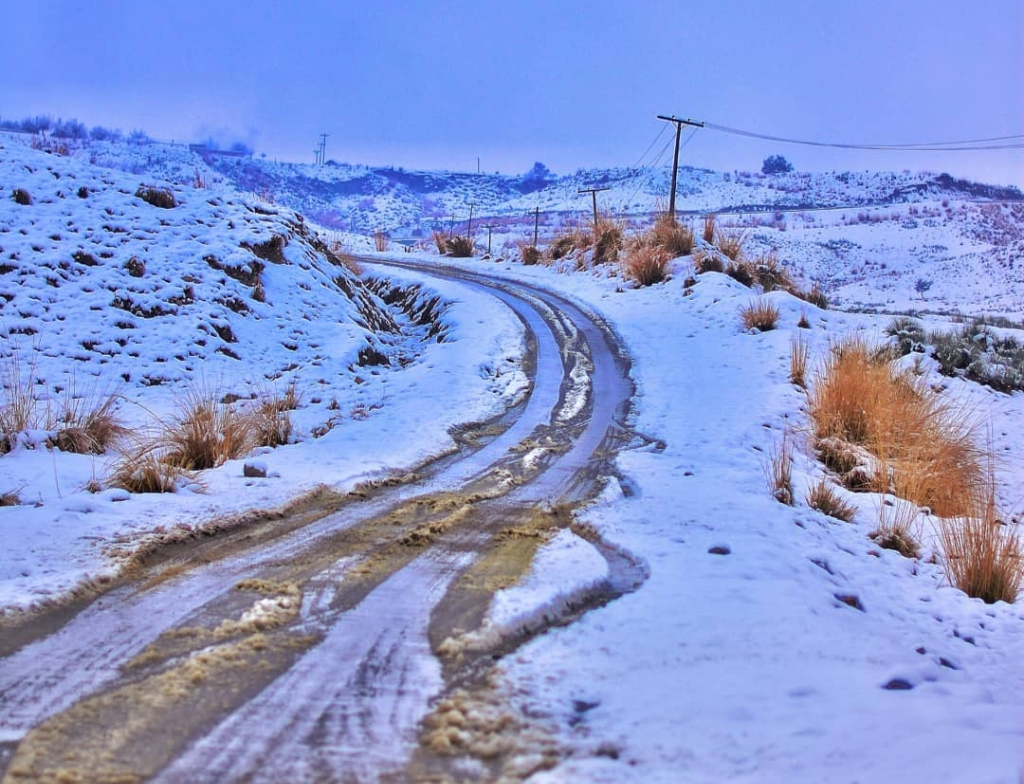
Kohlu
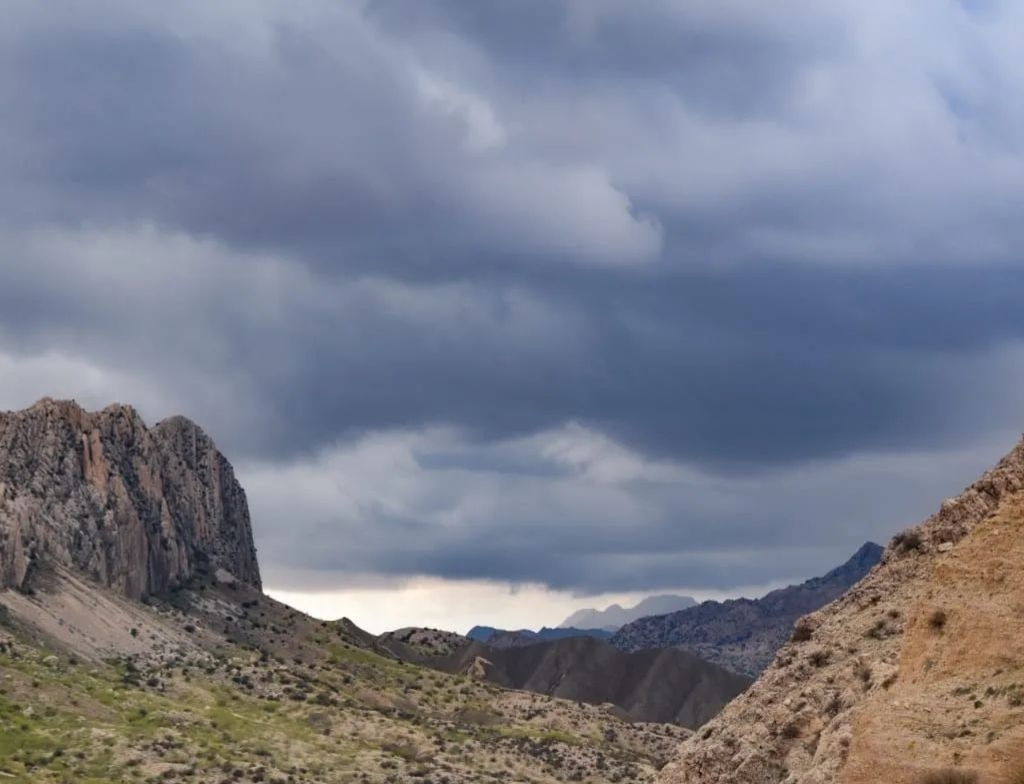
Ziarat
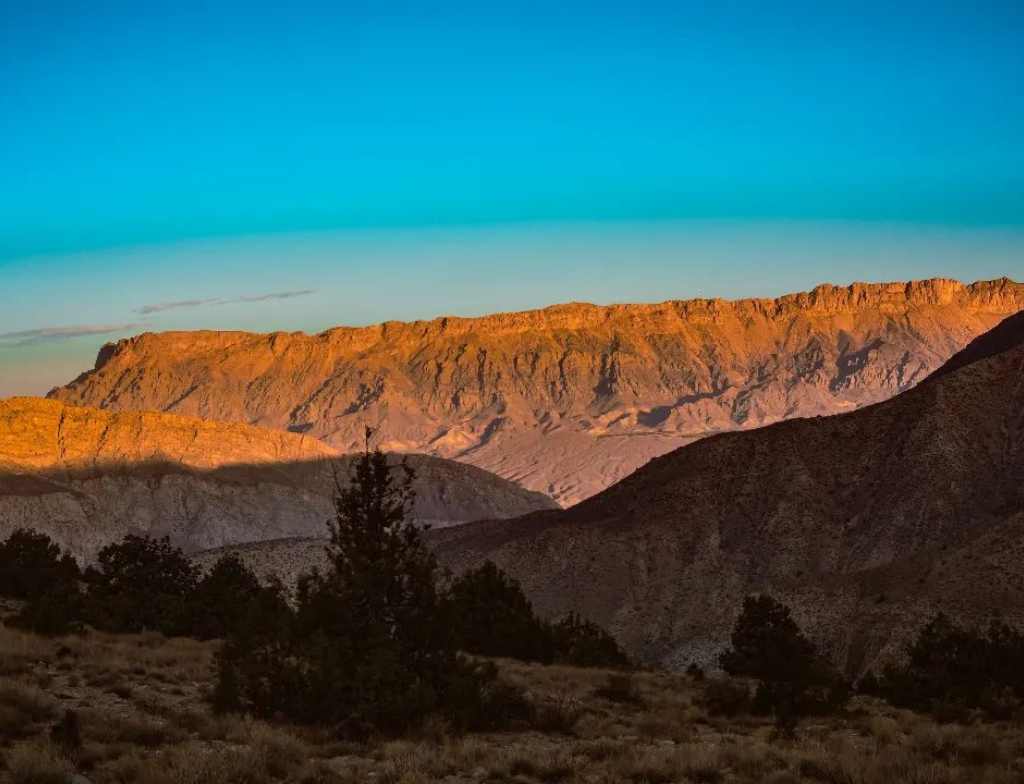
Culture of SibiBalochistan
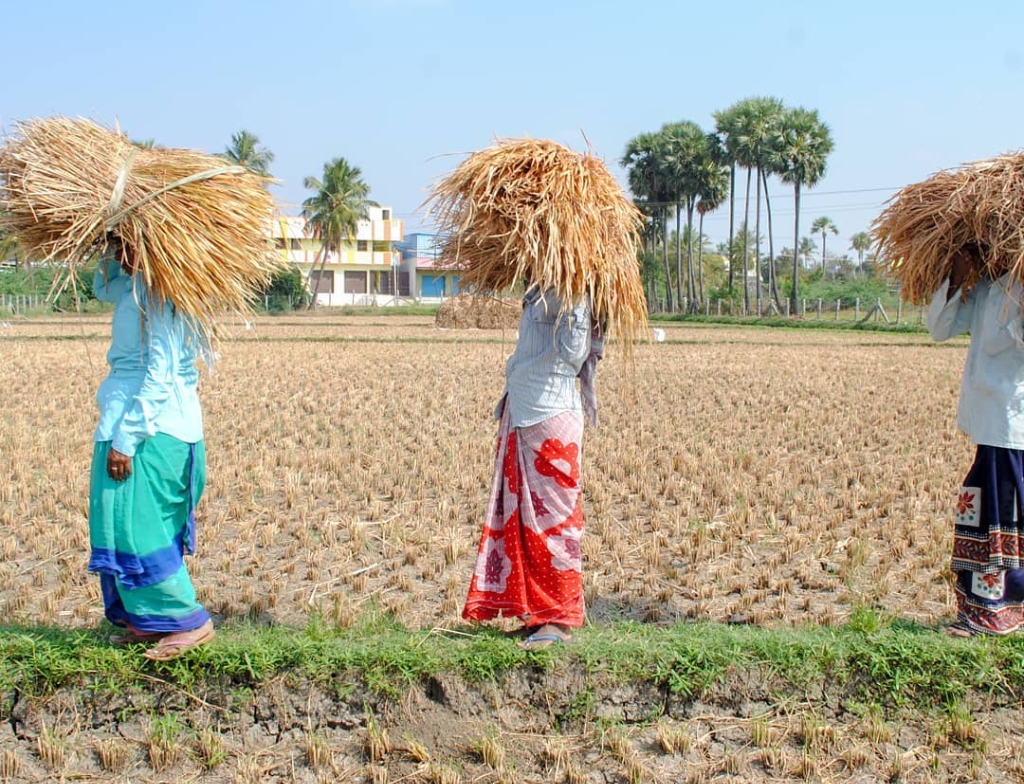
The culture of Sibi is diverse and rich, reflecting the traditions, customs, and heritage of the region. The Sibi Mela, held annually since 1885, is a highlight of Sibi’s cultural scene. Men wear the “Shalwar Kameez” with a “Pagri” (turban), while women adorn themselves with colorful “dupattas” (scarves) and embroidered dresses. Balochi music and rhythmic beats played on instruments like the “dohol” (drum) and “alghoza” (flute), form an integral part of celebrations and gatherings. Energetic Balochi dances like the “Lehwa” and “Chaap” add vibrancy to cultural events.
Sibi Cuisine
The local cuisine features a blend of Balochi and Pashtun culinary traditions. Dishes such as Sajji (roasted lamb), Kaak (bread), and various meat-based stews are popular local delicacies. Meat takes center stage in many dishes. From stews to curries, various “Gosht” preparations offer a range of flavors depending on the spices used.
Sibi Cattle
Sibi cattle, also known as Bhagnari or Sibi Bull, are a breed of Zebu cattle. It originates from the town of Bhag and the Naari River that flows through the breeding area in Balochistan. Bulls can reach up to 84 inches (2100 mm) in height and weigh up to 3,500 pounds (1,600 kg). Their large stature is evident when compared to other Zebu breeds. The Bhag Nari cattle breed, with its unique traits and adaptability, holds significant importance within the context of livestock farming and breed improvement programs.
Sibi Mela
The annual Mela is a significant cultural event, attracting people from across the country. It features traditional activities, including tent-pegging, folk music, dances, and various sporting events, showcasing the region’s vibrant cultural heritage. During British rule, Sir Robert Sandeman played a key role in formalizing the event and enhancing its significance. A central element of the Mela is the grand livestock show. Sibi cattle, known for their massive size, are a major attraction. The Mela typically takes place in February or March.
Sibi Railway Station
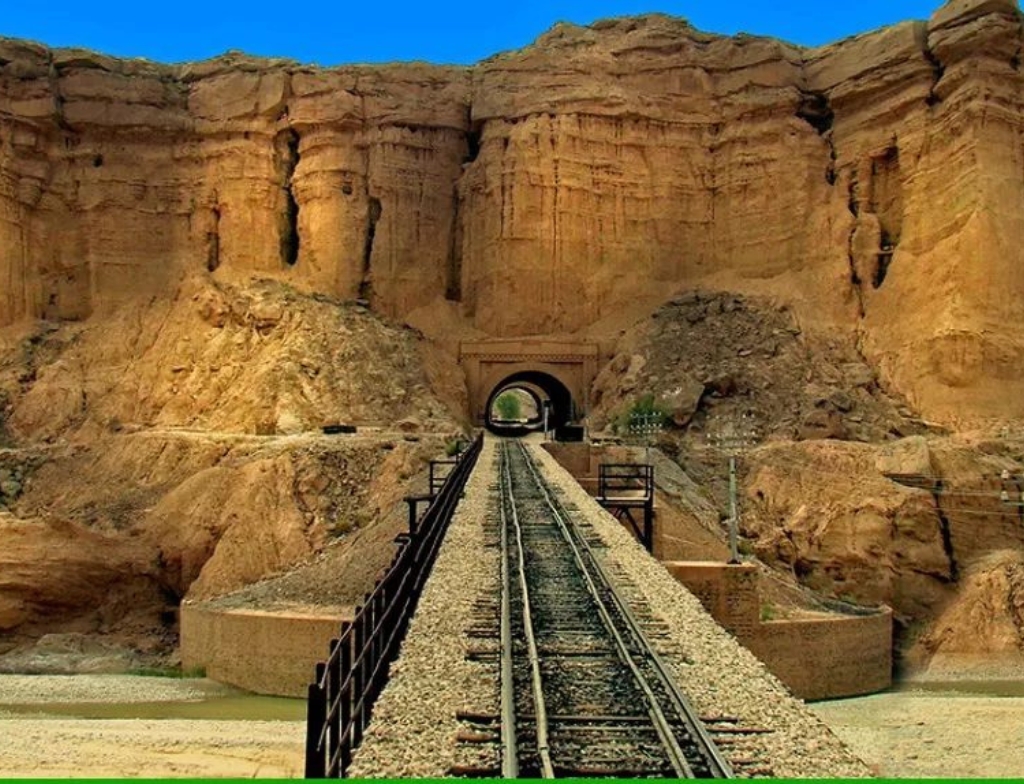
Sibi Junction Railway Station plays a crucial role in connecting the city to other parts of Pakistan. The station was constructed in 1881, making it one of the oldest railway stations in Balochistan. It served as a key junction between two important railway lines.
Nari Gaj Dam
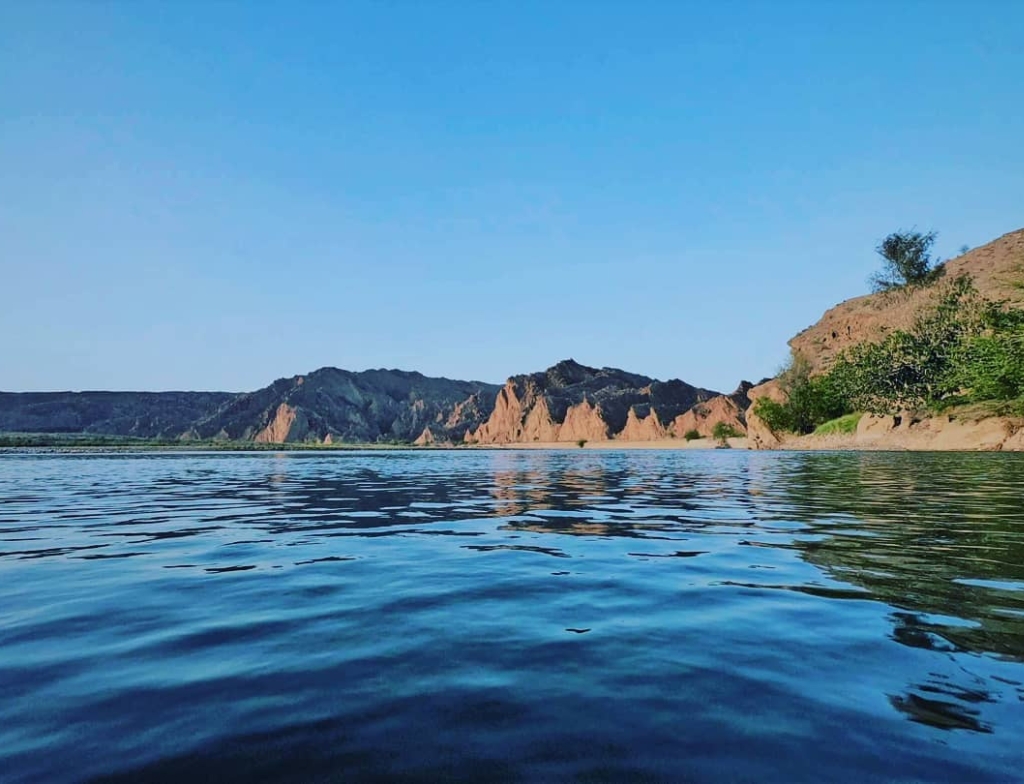
This weir is a part of the Nari Gaj irrigation system. It’s a historical system constructed during the British Raj in 1917. Therefore, It diverts water from the Nari River for irrigation purposes.
Fort Mir Chakar Khan
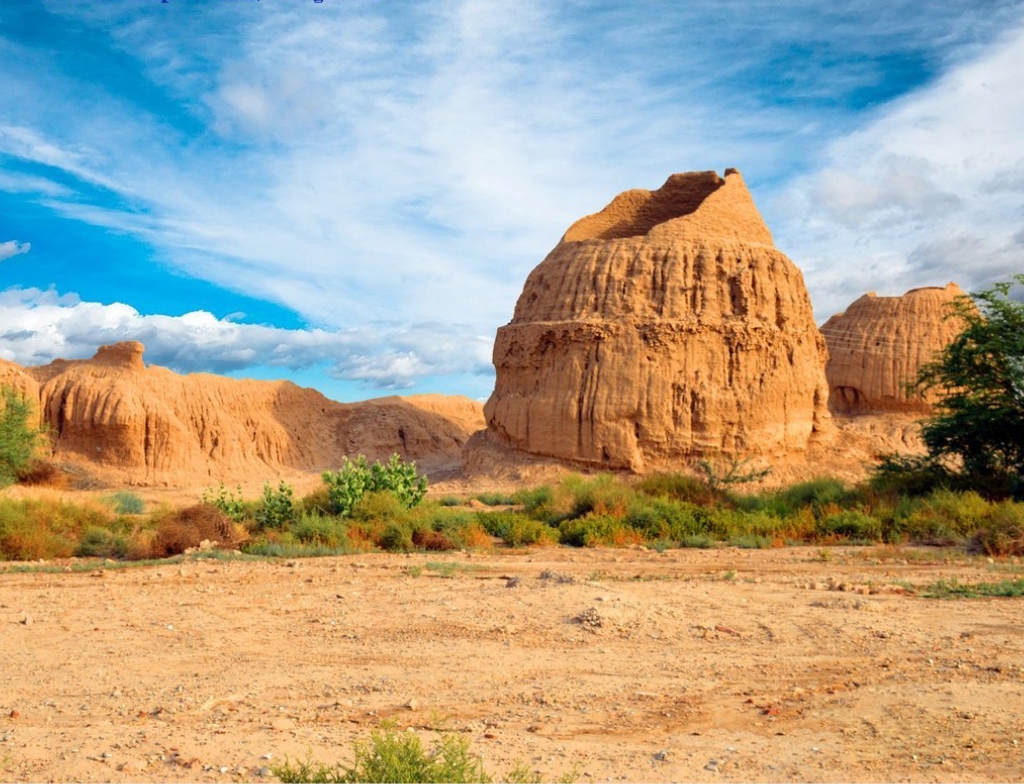
Fort Mir Chakar Khan, also known as Chakar Fort, is a historical fort located on the outskirts of city. It was built by Mir Chakar Khan Rind, a Baloch chief who ruled the area in the 16th century. The fort is a significant historical and cultural landmark and is a popular tourist attraction. Lastly, The fort is open to the public from 9:00 AM to 5:00 PM. There is an entrance fee of Rs. 50 for adults and Rs. 20 for children.
Victoria Hall
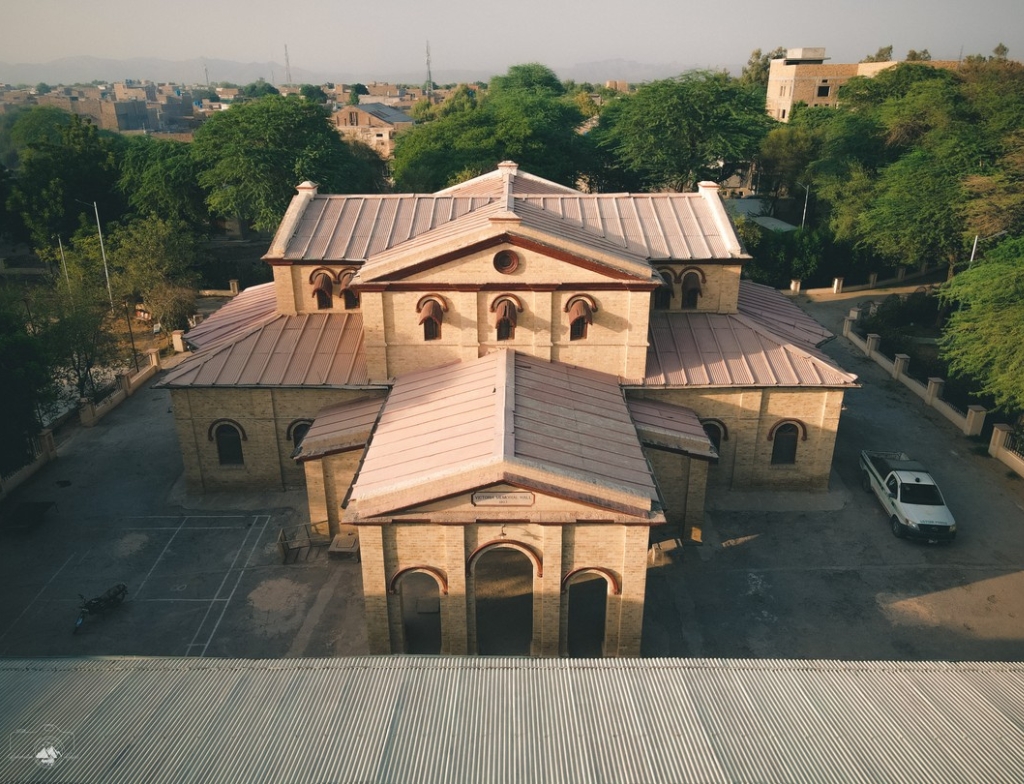
Victoria Hall, also known as Jirga Hall, is a historical building. It served as a memorial hall during the British Raj. Moreover, After Pakistan’s independence, the building was renamed Jirga Hall, reflecting its new purpose as a venue for jirgas. The museum housed within the hall was relocated to Islamabad due to concerns about vandalism.
Sibi Weather Forecast
Sibi weather swings between hot and dry summers (over 100°F) to mild winters (lows in the 40s F). Spring and autumn offer pleasant highs (low 80s F) with minimal rain.
Sibi Postal Code
The postal code for Sibi, Balochistan is 82000
Sibi Location
Sibi is a city situated in the Balochistan province of Pakistan. Geographically, it lies between 27°55′ and 30°38’N latitude and 67°17′ and 69°50’E longitude, with an area of 346 km2 and an elevation of 130 m (430 ft) above sea level.
https://maps.app.goo.gl/zoNg16iAa3t6ipiq5
Sibi Road Map
Quetta to Sibi Distance
The driving distance between the two cities is approximately 101 miles (163 kilometers).
Sibi to Harnai
The distance from Harnai is approximately 339.00 kilometers. The driving time to cover this distance is about 6 hours and 8 minutes.
Hotels in Sibi
Here’s a list of hotels there that you might find suitable for your stay:
Saqi Hotel
This hotel boasts a visitor rating of 3.8 stars on Google and offers a budget-friendly option for travelers.
Conclusion
Sibi offers a captivating blend of history, culture, and natural beauty. Whether it’s exploring the city’s historical landmarks, navigating its rugged terrain, or experiencing its extreme temperatures, it presents a compelling destination for those interested in delving into Pakistan’s diverse and storied landscape.




